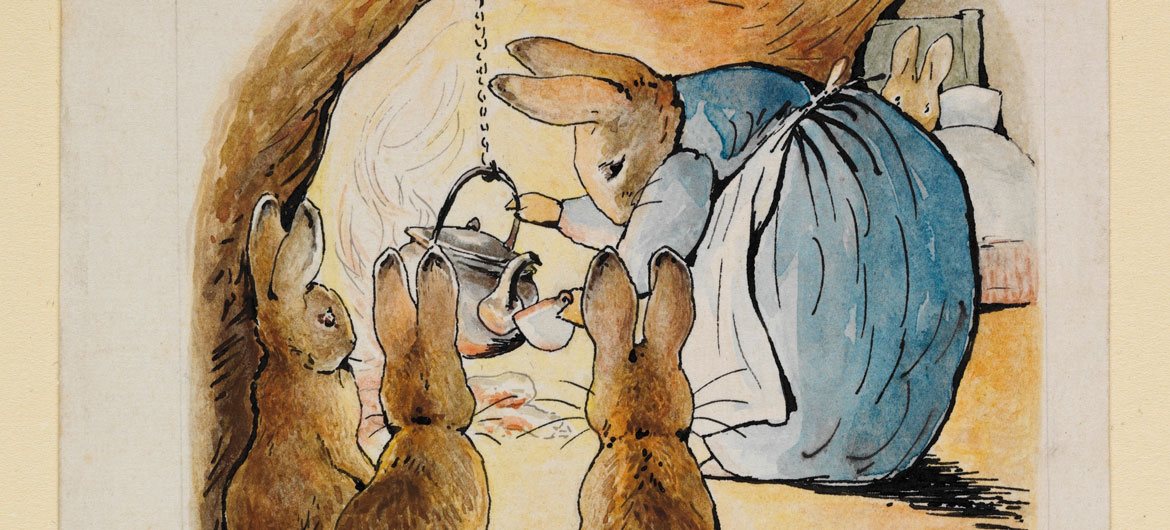“My dear Noel, I don’t know what to write to you, so I shall tell you a story about four little rabbits whose names were Flopsy, Mopsy, Cottontail and Peter,” Beatrix Potter confided in a September 1893 letter to the ill 5-year-old son of her former governess, Annie Moore.
Writing from her vacation in Scotland, she penned the first illustrated tale about the “very naughty” Peter Rabbit, who would go onto worldwide fame. But first, Peter had to ignore his mother’s warning not to go into Mr. McGregor’s garden, get chased by the man, lose his coat and shoes, and barely escape with his life.
“I am coming back to London next Thursday, so I hope I shall see you soon,” Potter concluded the letter.
She was already in the habit of sending illustrated notes to the children. The following day, she sent a letter about a frog to Noel’s brother Eric, then a story about a squirrel to their sister Norah.
Seven years later, at Annie’s encouragement, Potter borrowed some of the letters back from the children, who’d carefully kept them, and refashioned that letter to Noel into the first draft of “The Tale of Peter Rabbit.” At least six publishers rejected the manuscript, wanting the book to be longer and the illustrations to be in color, before the 35-year-old Potter decided to print 250 copies herself, illustrated with her black-and-white drawings, in December 1901.
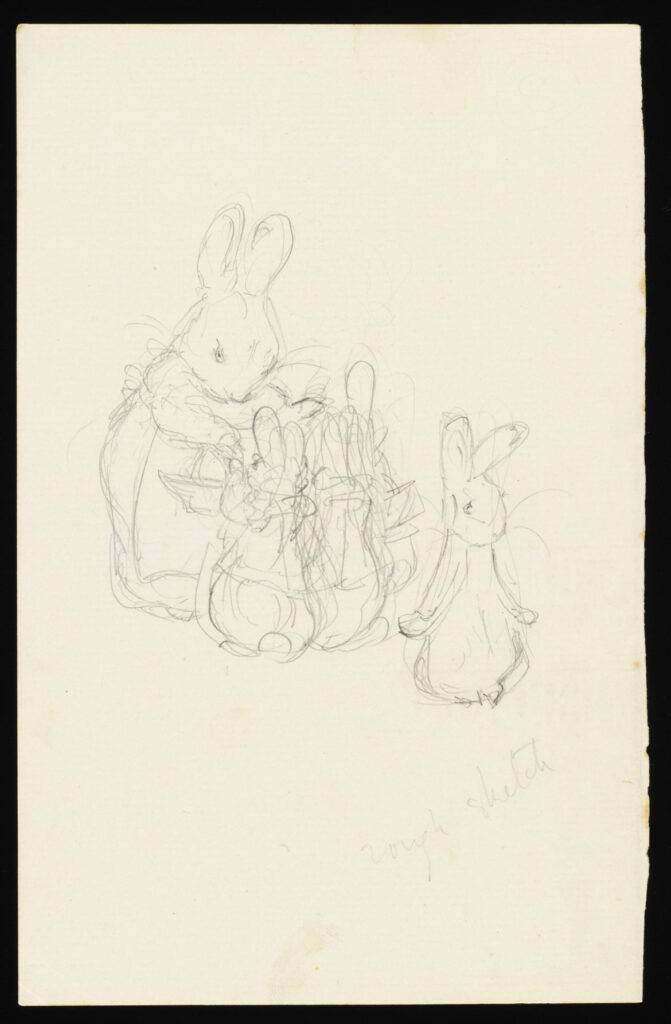
The following October, one of the publishers that had turned her down, Frederick Warne, put out a version of the book—with Potter turning her black-and-white illustrations into color. The story was much the same—except for the addition of Peter’s mother’s grim explanation of why the little rabbits shouldn’t trespass in Mr. McGregor’s garden: “Your Father had an accident there; he was put in a pie by Mrs. Gregor.”
Potter wasn’t fond of the new cover with its “idiotic prancing rabbit.” But in a in a Dec. 20, 1902, review, The New York Times said: “It is a tiny story in a tiny book, with only a paragraph to each page picture. The pictures are delightful in drawing and color and the cover is attractive, boards covered with a rough, reddish chocolate paper and a portrait of ‘Peter Rabbit’ in colors in the center.”
By Christmas, “Peter Rabbit” had sold 20,000 copies. It’s gone on to sell millions. “The public must be fond of rabbits!” Potter wrote to her publisher, Norman Warne, in November 1903. “What an appalling quantity of Peter.”
In 1903, Potter produced “The Tale of Squirrel Nutkin” and “The Tailor of Gloucester.” She published two or three tales a year until 1913, they eventually totaled about two dozen—Benjamin Bunny, Two Bad Mice, Jeremy Fisher, Timmy Tiptoes, Tom Kitten, the Flopsy Bunnies.
“It is much more satisfactory to address a real live child,” Potter once wrote. “I often think that that was the secret of the success of ‘Peter Rabbit,’ it was written to a child—not made to order.”
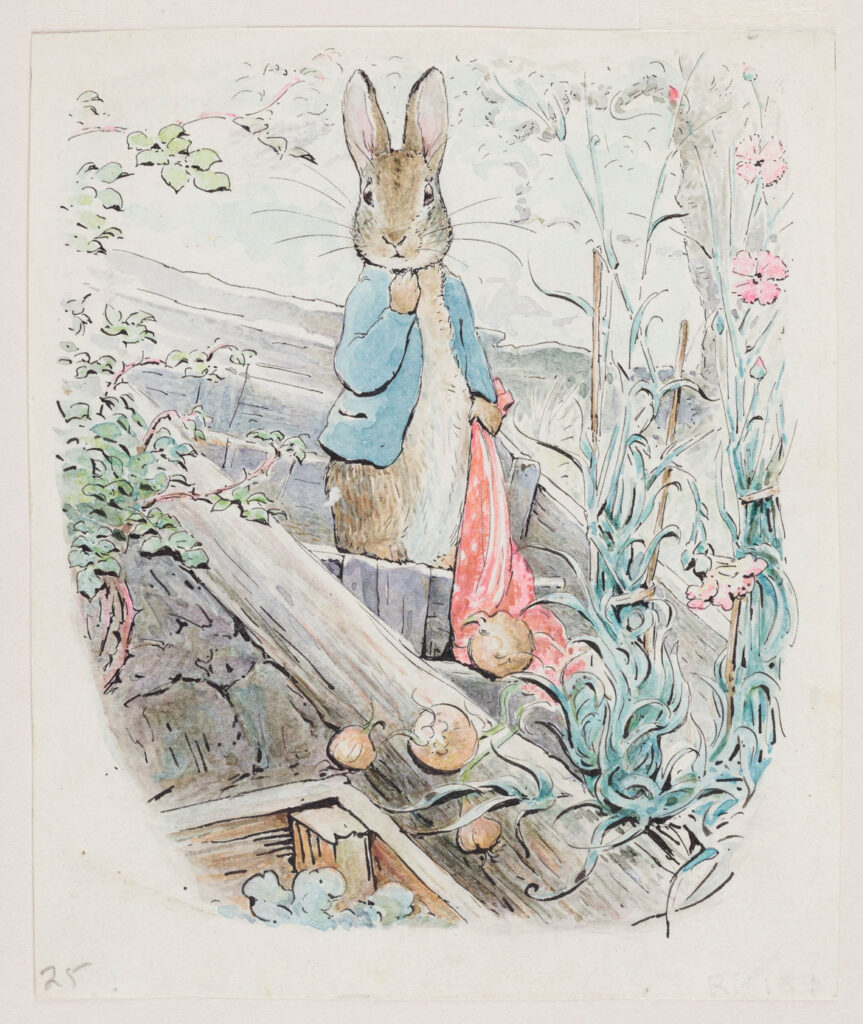
“A ‘Town Mouse’ Longing To Be a ‘Country Mouse’”
The exhibition “Beatrix Potter: Drawn to Nature” at London’s Victoria and Albert Museum from Feb. 12, 2022, to Jan. 8, 2023, showcases more than 200 of her personal objects including artworks, scientific drawings, letters, manuscripts, sketches, coded diaries, family photographs, commercial merchandise and artifacts—down to Potter’s clogs and her walking cane, with its built-in magnifying glass for getting close-up views of nature, from her Hill Top home in Britain’s Lake District.
The show was co-curated by Annemarie Bilclough, a curator of illustration at the Victoria and Albert Museum, and Helen Antrobus, an assistant national curator at the conservation charity, the National Trust, to which Potter was a major donor. The pieces are drawn primarily from the two institutions’ collections.
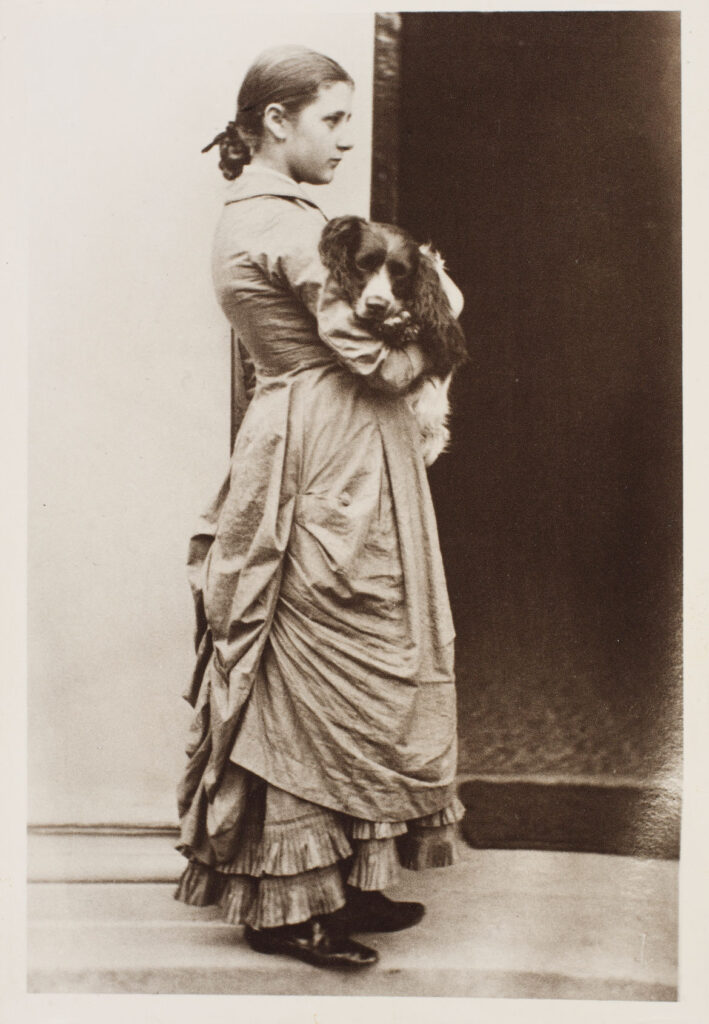
Helen Beatrix Potter was born on July 28, 1866, and lived for much of the first 47 years of her life at her wealthy family’s large house at 2 Bolton Gardens in Kensington, then a semi-rural part of London. Her paternal grandfather owned a calico printing factory, co-founded the Manchester School of Design, and was later a minister of parliament. Her maternal grandfather inherited a cotton mill. Her mother Helen and father Rupert painted and drew, and her father took up photography, often photographing Beatrix, who became a photographer too. Their friends included the English pre-Raphaelite painter John Millais.
Beatrix Potter was enamored by the natural world. She and her brother were educated at home by a series of governesses, and their schoolroom was home to frogs, a tortoise, a hedgehog, salamanders, bats, mice and rabbits. A cabinet in the corner was filled with mounted and identified insects, shells, birds’ eggs, rocks and fossils. Potter studied drawing and painting. She became a skilled scientific illustrator, sketching the plant and animal collections at the Natural History Museum, drawing what she saw through microscopes, studying mushrooms.

In 1890, Potter illustrated for a greeting card company—her first commission. Her scientific paper on fungi, “On the Germination of Spores of the Agaricineae,” was read at the Linnean Society of London in 1897—women were not allowed to make presentations, so a man presented it instead. Then she meandered into children’s books. “I painted most of the little pictures mainly to please myself,” Potter wrote. “The more spontaneous the pleasure, the more happy the result.”
“Beatrix Potter was a ‘town mouse’ longing to be a ‘country mouse,’”according to Bilclough. “…Her talent at making her characters real emerged from a long-standing curiosity for the small details of nature, which could have led her down a different career path.”
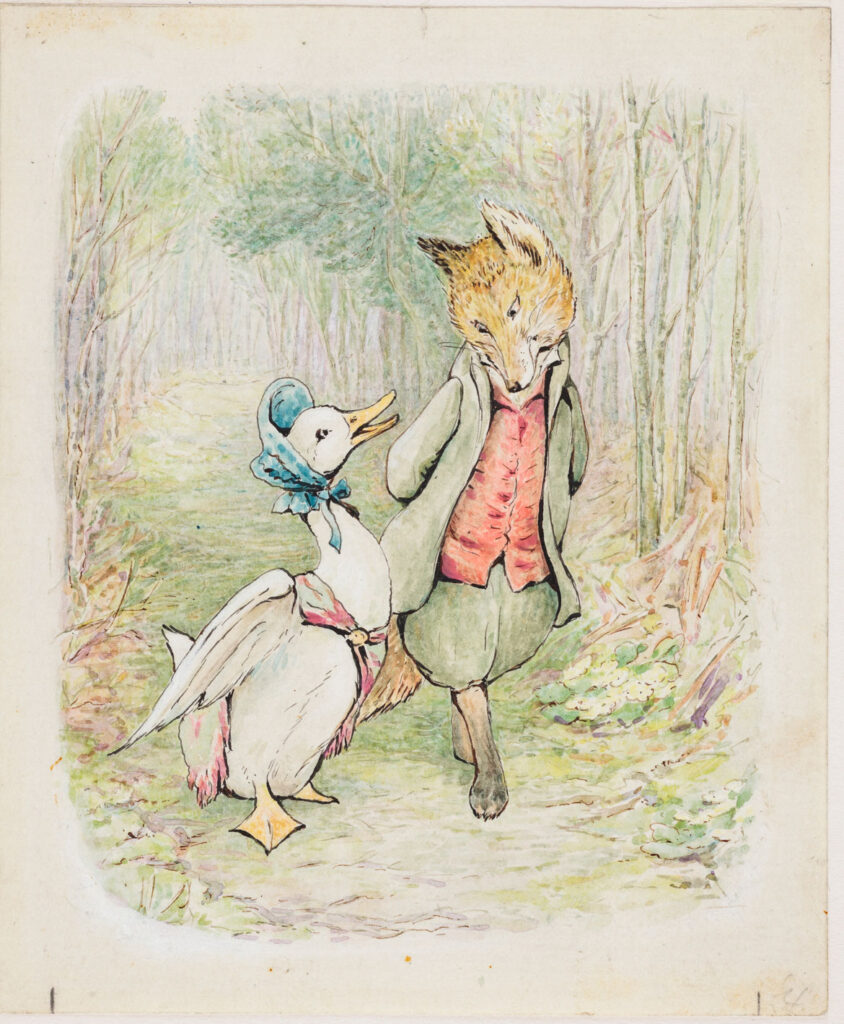
“Here I Go To Be Quiet”
Potter drew from life and wrote in an astringent, unsentimental fashion (even more so in her diary and letters). “My rabbit Bounce came to a premature end through persistent devotion to peppermints,” which ruined his teeth, Potter wrote in a letter published in The Field newspaper in January 1902. “The toothache ended in a tumor, so he had to be destroyed. His successor, Peter, was in my possession for nine years; I then had him chloroformed, as he was getting very feeble.”
Potter declined her publisher’s invitation to illustrate books written by other others, saying in a February 1904 letter: “I enjoy inventing stories—any number—but I draw so slowly & laboriously, that there are sure to be favorites of my own left undone at the end of my working life-time, whether short or long.”
In 1905, a month after Potter became engaged to her editor, Norman Warne—a marriage her parents opposed—Warne died suddenly from lymphatic leukemia.
A few months later, with income from her books (“It is pleasant to feel I could earn my own living,” she’d written to her publishers), Potter bought Hill Top Farm, a 34-acre working farm and two-story farmhouse dating to the 17th century in Near Sawrey, near Esthwaite Water in the Lake District.
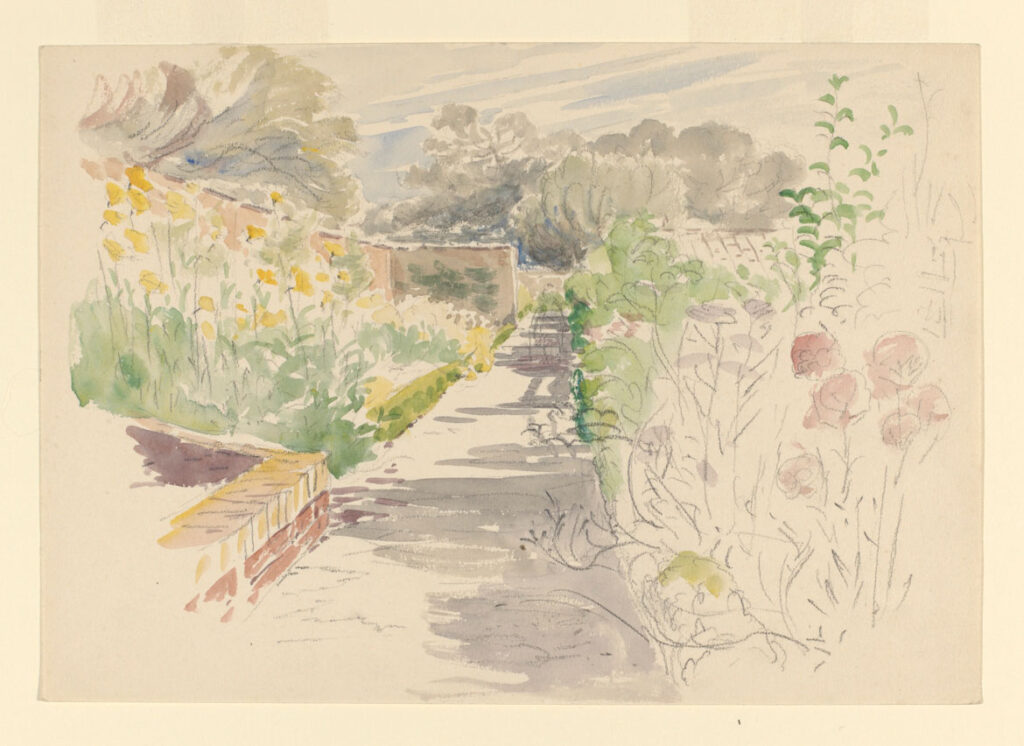
Potter had come to love the Lake District through visits on family holidays beginning in 1882: “My brother & I were born in London, but our descent—our interest and our joy was in the North Country.” She threw herself into starting a garden and renovating the farm and battling rats. The place inspired 1907’s “The Tale of Tom Kitten” and 1908’s “The Tale of Jemima Puddle-Duck,” among others.
“It is in here I go to be quiet and still with myself,” Potter once told a relation. “This is me, the deepest me, the part one has to be alone with.”
Potter was short and blue-eyed, and determined to find her own way. “I am not eminent,” she wrote to an American publisher, “but a plain person who believes in saying what she thinks.”
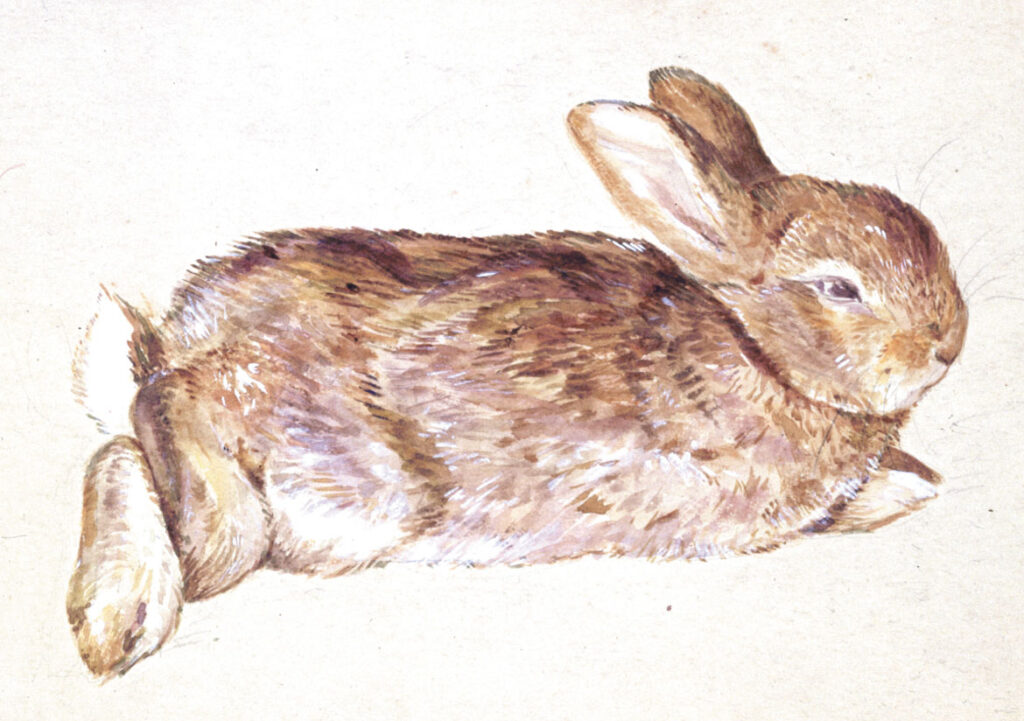
ca. 1892 – 1901. Linder Bequest © Victoria and Albert Museum, London
“You are a great deal too much afraid of the public for whom I have never cared one tuppenny-button,” she wrote to her British publisher. “I am sure that it is an attitude of mind which has enabled me to keep up the series. Most people, after one success, are so cringingly afraid of doing less well that they rub all the edge off their subsequent work.”
In 1909, Potter purchased the property across the road, Castle Farm. She became close to a county attorney named William Heelis, of whom her parents disapproved. Nevertheless the couple married in 1913, when she was 47, and she finally moved out of her parents’ London house, settling permanently at Castle Cottage.
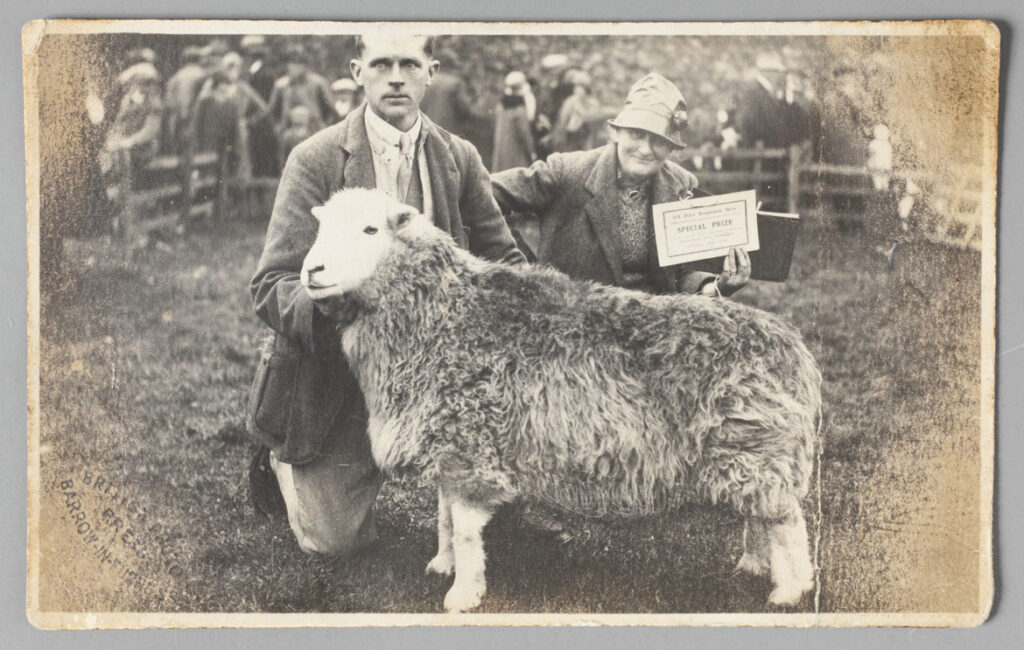
Potter devoted herself more and more to farming and less and less to books. “I do feel ashamed of my delay over the book, I have seemed so rushed lately, probably I will get more time to sit down after this week. I have just come in after a rough two hours search for some sheep & lambs … We got them; so that is done with,” she wrote to her publisher, Fruing Warne, in May 1918. “Somehow when one is up to the eyes in work with real live animals it makes one despise paper-book animals—but I mustn’t say that to my publisher!”
Potter’s later publications were often cobbled together from drawings she’d drafted many years earlier. The last storybook she authored and illustrated was 1930’s “The Tale of Little Pig Robinson.”
“You don’t suppose I shall be able to continue these damned little books when I am dead and buried!!” Potter fumed at Fruing Warne in November 1919. “I am utterly tired of doing them, and my eyes are wearing out. I will try to do you one or two more for the good of the old firm; but it is quite time I had rest from them. Especially as there is still other work that I should like to finish for my own pleasure.”
In 1923, Potter bought the sheep farm Troutbeck Park, one of the largest farms in the Lake District, to preserve it from development. Canon Hardwicke Rawnsley introduced her to the hardy but endangered Herdwick sheep that she raised. Rawnsley was also one of the founders of the National Trust and inspired Potter to pursue land conservation. Income from her books funded property acquisitions. World War II came. “The sheep and cattle take no notice,” she wrote.
When Helen Beatrix Potter Heelis died at home at Castle Cottage on Dec. 22, 1943, at age 77, her estate was valued at $846,544 (about $13.5 million today). She left 15 farms and more than 4,000 acres to the National Trust. Her ashes were scattered at Hill Top.
“Hill Top is to be presented to my visitors,” she wrote in her will, “as if I had just gone out and they had just missed me.” And so it is, with her garden clogs and straw hat and grandfather clock and trophies for sheep breeding. There’s even a mouse hole you might recognize from “Roly-Poly Pudding,” and outside you’ll find the rhubarb patch where Jemima Puddle-Duck tried to hide her eggs.
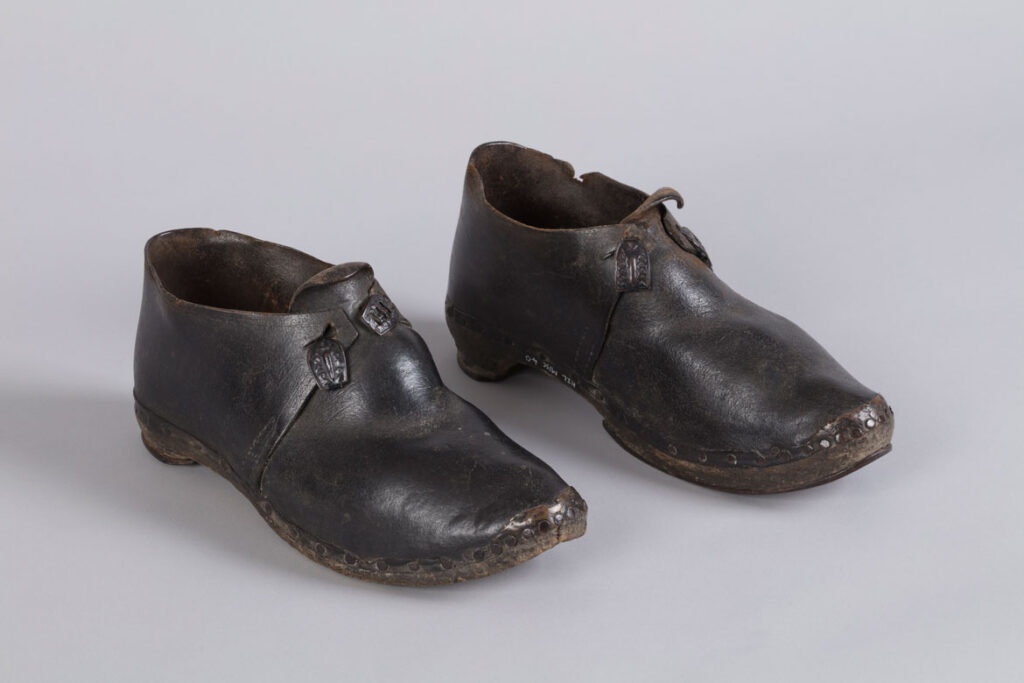
If this is the kind of coverage of arts, cultures and activisms you appreciate, please support Wonderland by contributing to Wonderland on Patreon. And sign up for our free, occasional newsletter so that you don’t miss any of our reporting. (All content ©Greg Cook 2022 or the respective creators.)
Sources:
• Claire Armitstead, “How Beatrix Potter Self-Published Peter Rabbit,” Guardian, Dec. 17, 2013. https://www.theguardian.com/books/booksblog/2013/dec/17/beatrix-potter-peter-rabbit-self-publishing
• Helen Bevington, “‘A History of the Writings of Beatrix Potter’ by Leslie Linder,” The New York Times, July 18, 1971.
• Walter de la Mare, “Peter Rabbit, Beatrix Potter and Friends,” The New York Times, Sept. 7, 1952.
• Mandy L. DeWilde, “Victorian Restriction, Restraint, and Escape in the Children’s Tales of Beatrix Potter,” masters theses for Grand Valley State University, 2008.
• Anne T. Eaton, “Two Well-Loved Names,” The New York Times Nov. 10, 1946.
• Grace Glueck, “Peter Rabbit Looks Back at 75,” The New York Times, April 1, 1977.
• Rumor Godden, “From Beatrix with Love,” The New York Times, May 8 1966
• Sarah Gristwood, “The Story of Beatrix Potter,” The National Trust (Rizzoli), 2016.
• Kathryn Hughes, “Run Rabbit Run…,” Guardian, Oct. 7, 2005.
• Selma G Lanes, “These D…d Little Books,” The New York Times, March 4, 1990.
• Linda Lear, “About Beatrix Potter,” The Beatrix Potter Society, 2011. https://beatrixpottersociety.org.uk/about-beatrix/?doing_wp_cron=1647343163.0384271144866943359375
• Leslie Linder (“transcribed from her code writing by”), “The Journal of Beatrix Potter from 1881 to 1897,” Frederick Warne & Co., 1966.
• Leonard Marcus, “The Hand Behind Flopsy and Mopsy,” The New York Times, April 26, 1987.
• Claire Masset, “Beatrix Potter’s Hill Top,” The National Trust Magazine, summer 2016. https://www.nationaltrust.org.uk/features/beatrix-potters-hill-top
• Peter Mikelbank, “Bunny Boiler! Was the Beloved Creator of Peter Rabbit a Bunny-Cooking Vivisectionist?” The Washington Post, Aug. 31 1997.
• Adrian Mitchell, “Imaginative Victorian,” The New York Times, Sept. 18, 1966.
• National Trust, “Beatrix Potter’s Early Life and Books,” National Trust: https://www.nationaltrust.org.uk/beatrix-potter-gallery-and-hawkshead/features/beatrix-potters-early-life-and-books
• New York Times, “Beatrix Potter Left $846,544,” The New York Times, March 8, 1944.
• New York Times, “Beatrix Potter’s Life Becomes a Lake District Travelogue,” The New York Times, Jan. 21, 2007.
• New York Times, “Children’s Books: Fairy Stories, Picture Books, and Lively Tales of Adventure,” The New York Times, Dec. 5, 1903.
• New York Times, “Children’s Books: Happy Hearts, Dolls’ Houses, Bad Mice, Sentimental Rabbits, and Other Nursery Subjects,” The New York Times, Dec. 3, 1904.
• New York Times, “More Juveniles: Concluding Notice of Children’s Books for the Holiday Season,” The New York Times, Dec. 20, 1902.
• Eric Pace, “Peter Rabbit, Still Frisky at 80,” The New York Times, Dec. 13, 1981.
• Claire Potter, “Beatrix Potter’s Hill Top house, the Lakes,” Guardian, June 1, 2018. https://www.theguardian.com/travel/2018/jun/01/beatrix-potter-house-hill-top-lake-district-review
• Anna Russell, “The Secret Life of Beatrix Potter,” The New Yorker, March 12, 2022.
• Katy Stoddard, “How the Guardian Covered the Life of Beatrix Potter,” The Guardian, July 28, 2016. https://www.theguardian.com/books/from-the-archive-blog/2016/jul/28/beatrix-potter-anniversary-150-reviews
• Judy Taylor, editor, “Beatrix Potter’s Letters,” Frederick Warne, 1989.
• Victoria and Albert Museum, “Beatrix Potter: Drawn to Nature Opens at the V&A” press release, • Victoria and Albert Museum, February 2022.
• Victoria and Albert Museum, “Introducing Beatrix Potter,” Victoria and Albert Museum, 2022. https://www.vam.ac.uk/articles/introducing-beatrix-potter
• Emily Zach et al. “The Art of Beatrix Potter: Sketches, Paintings, and Illustrations,” Chronicle Books, 2016.
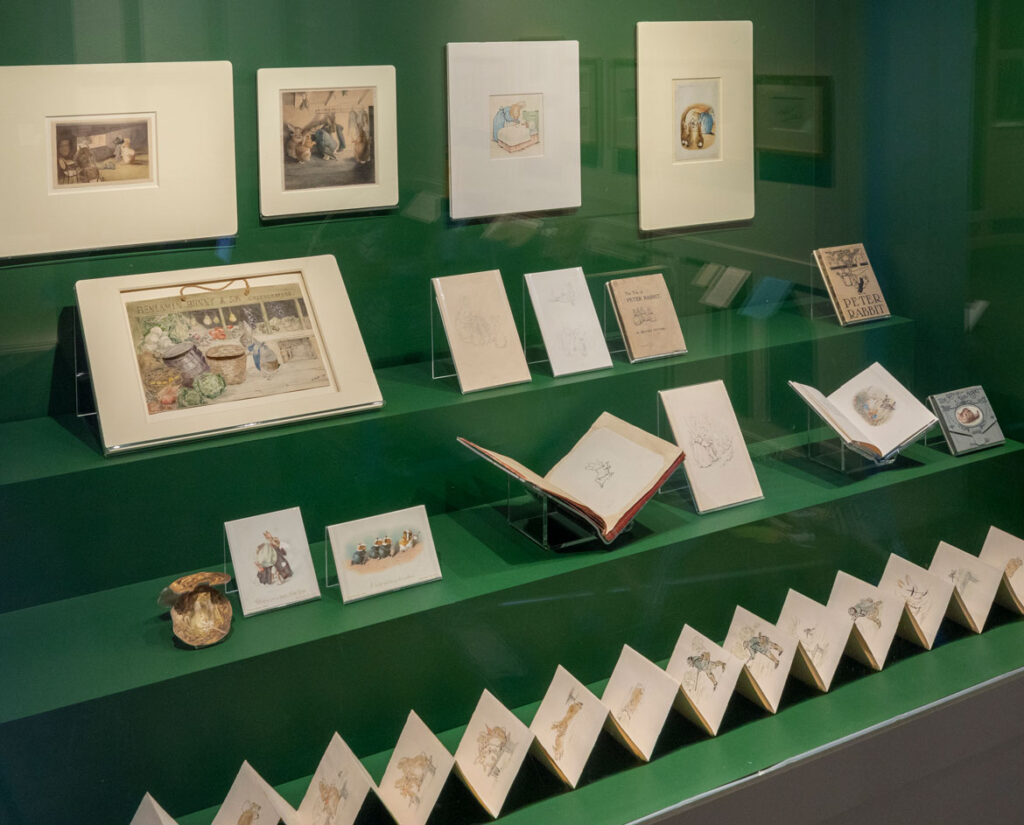
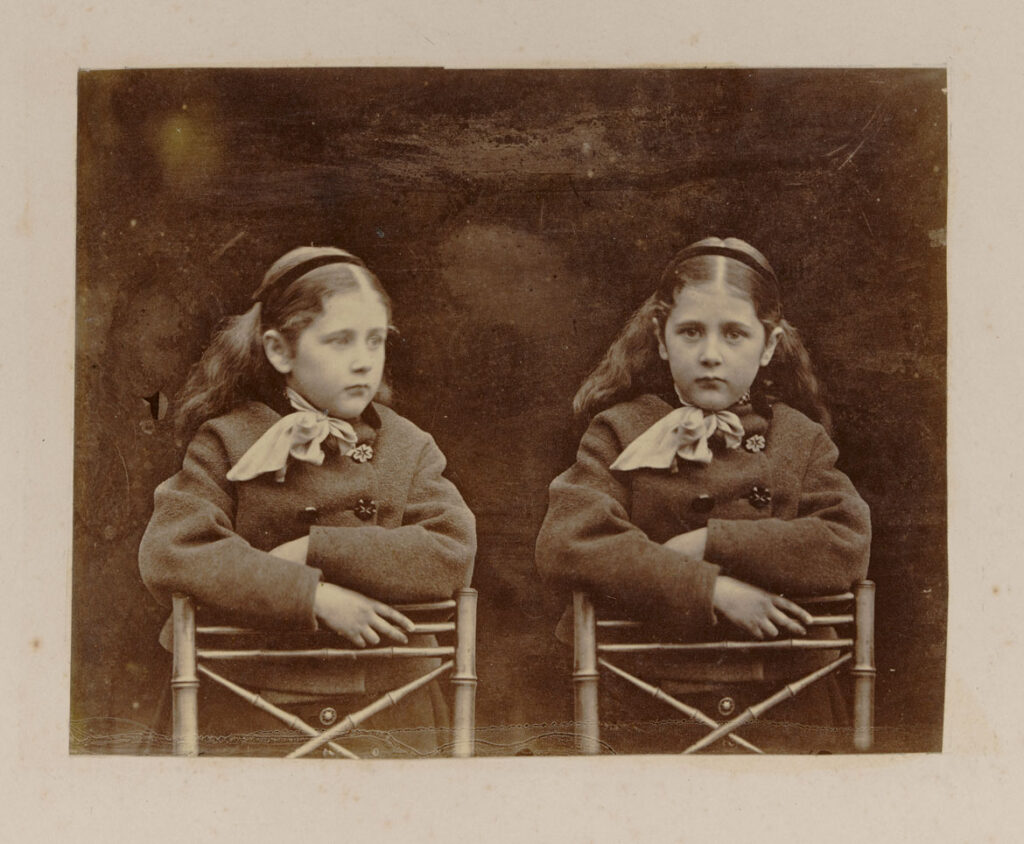
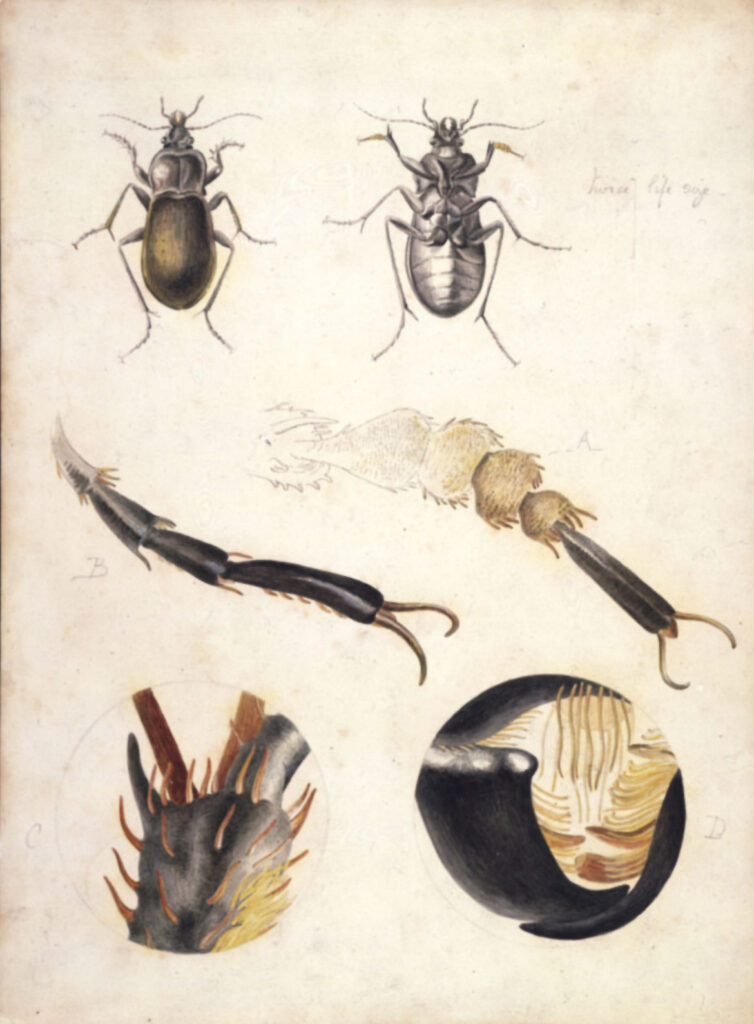
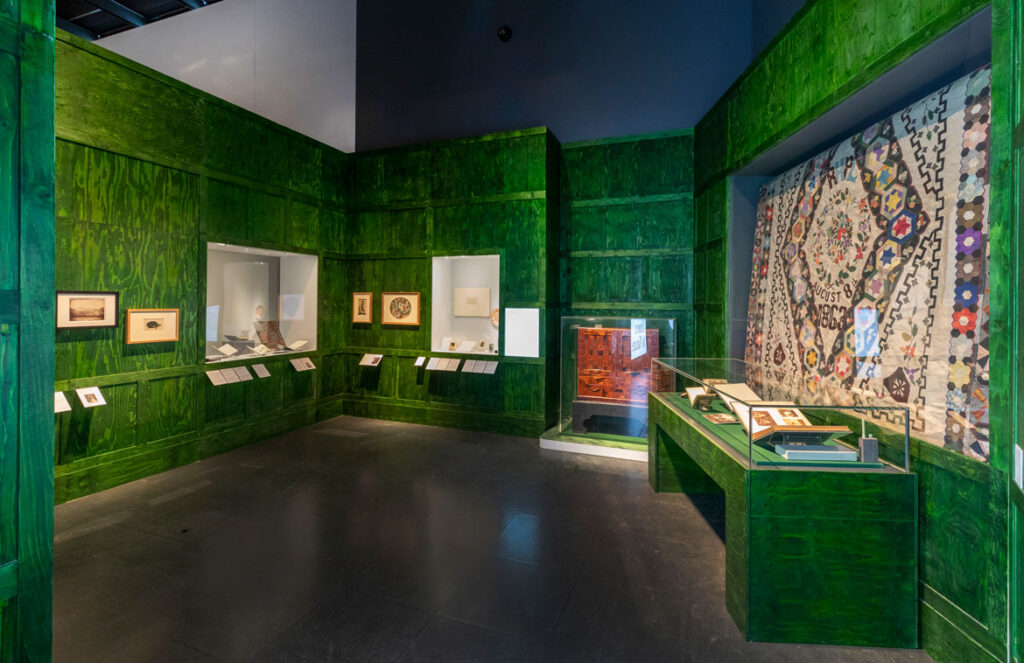
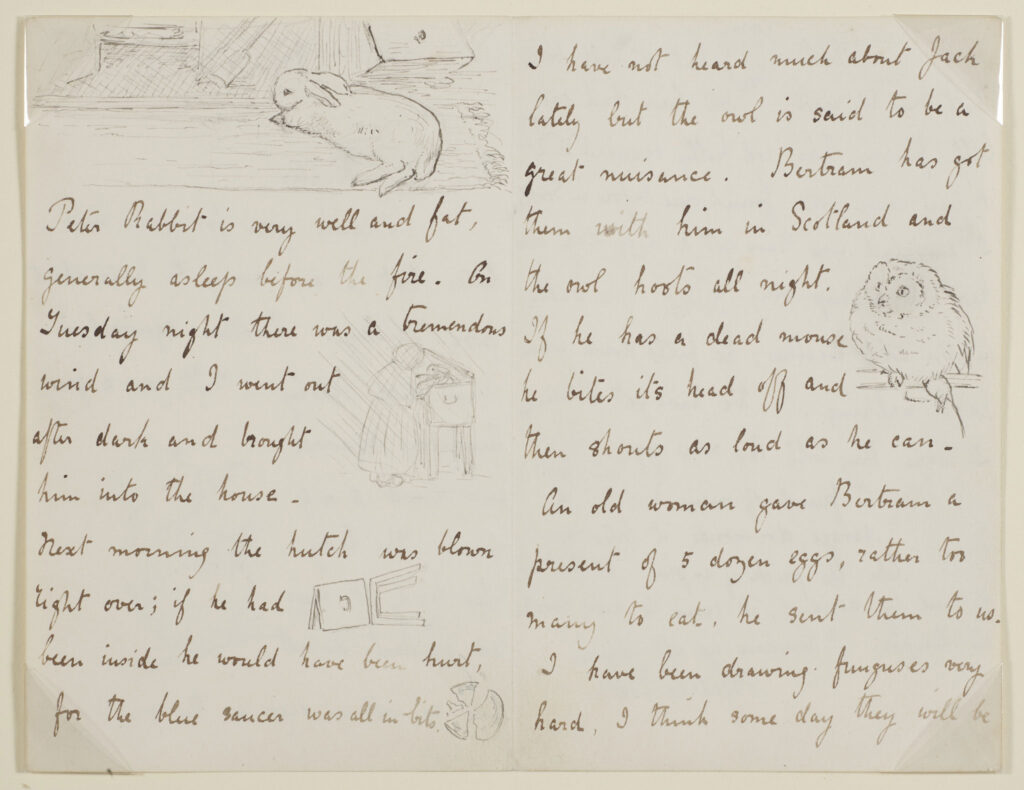

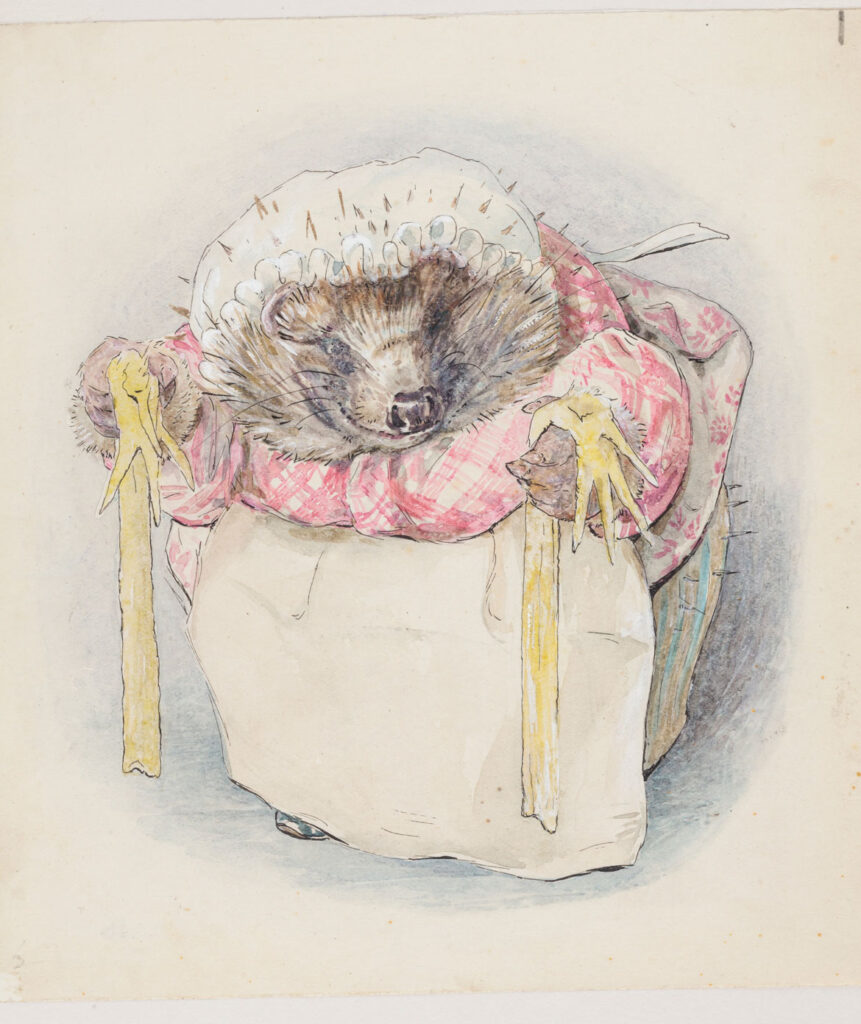
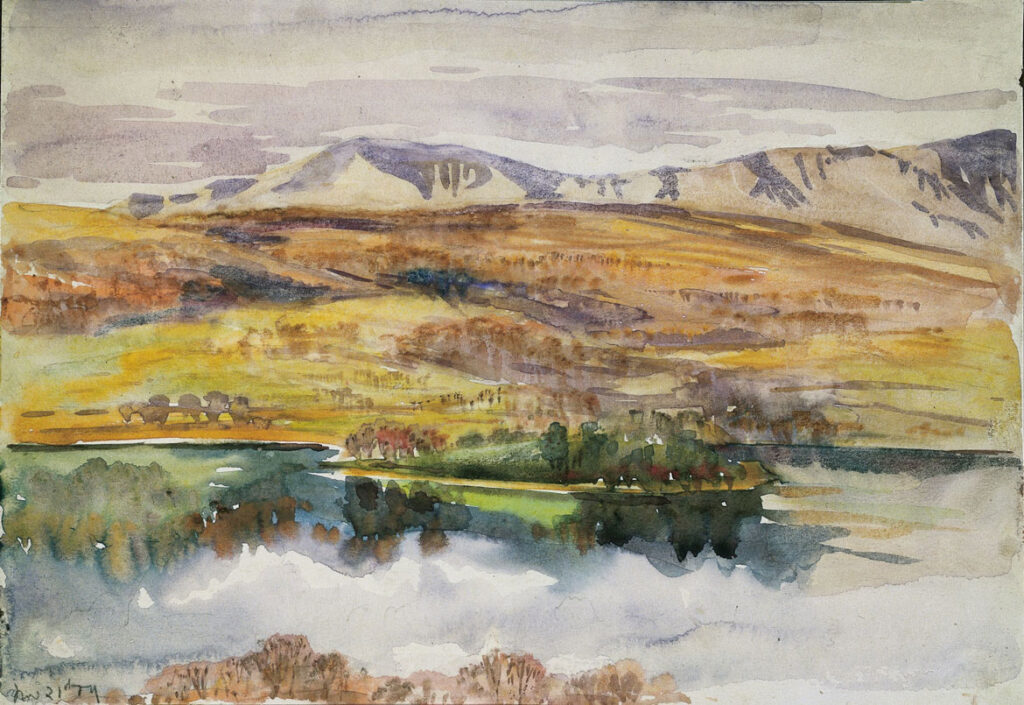
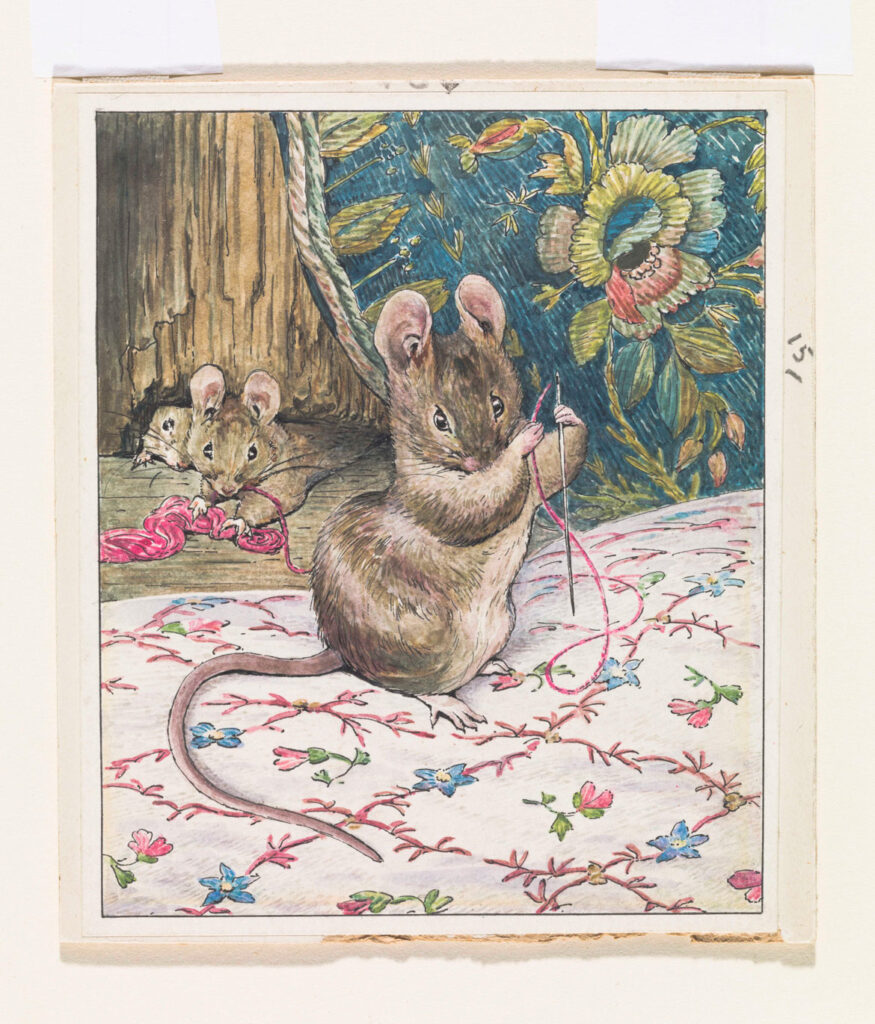
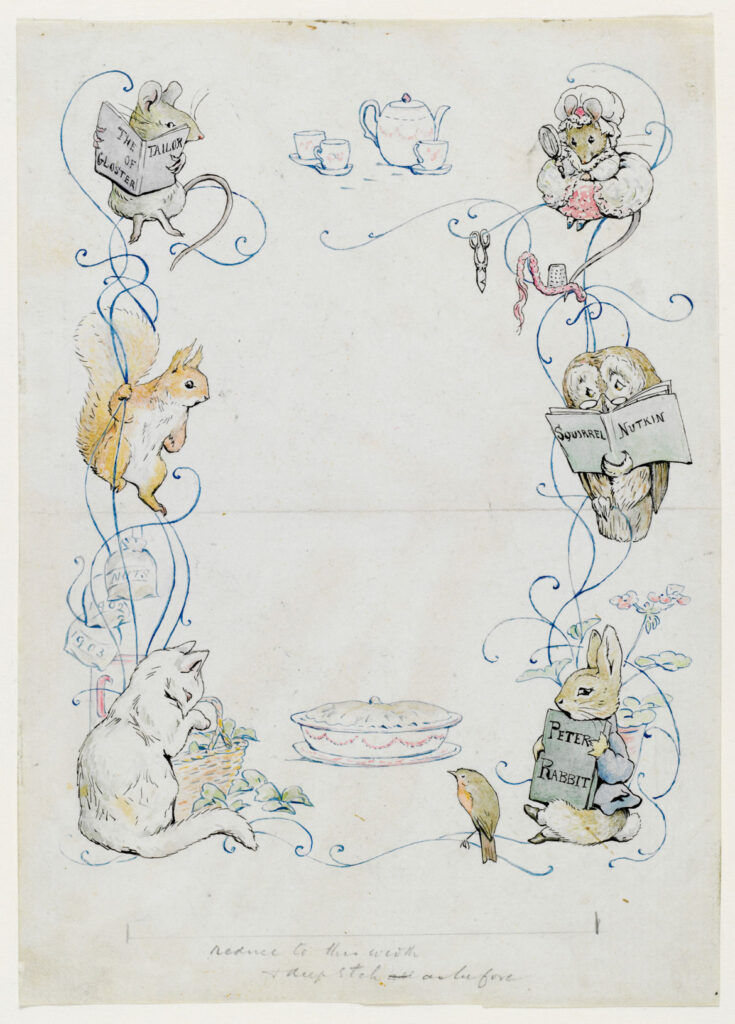
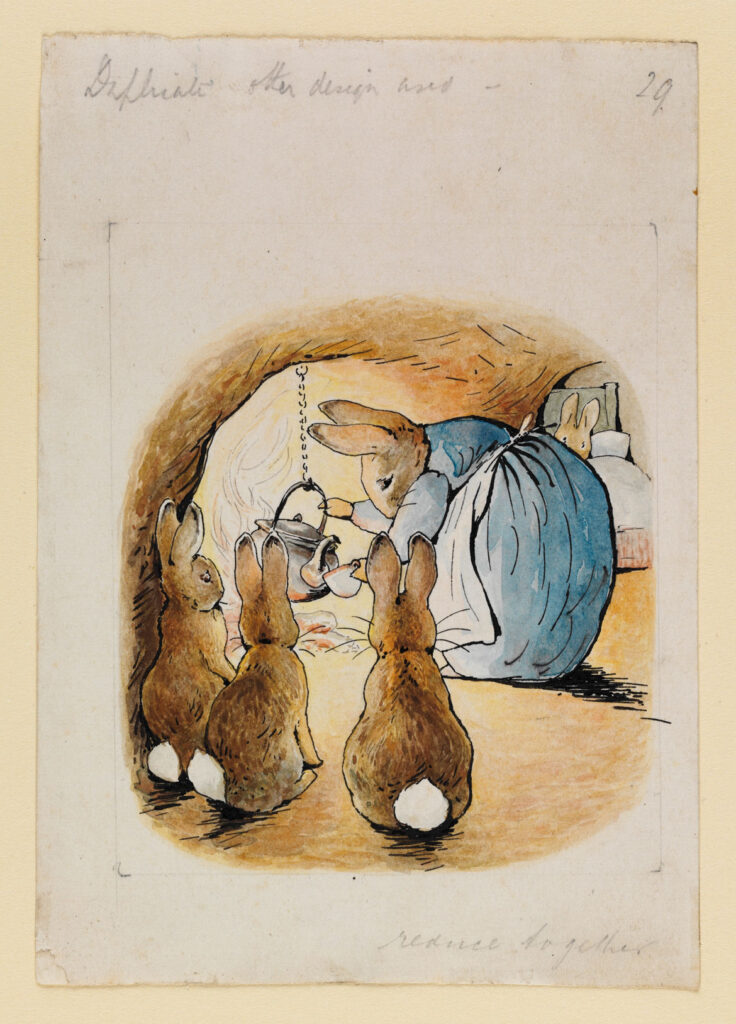
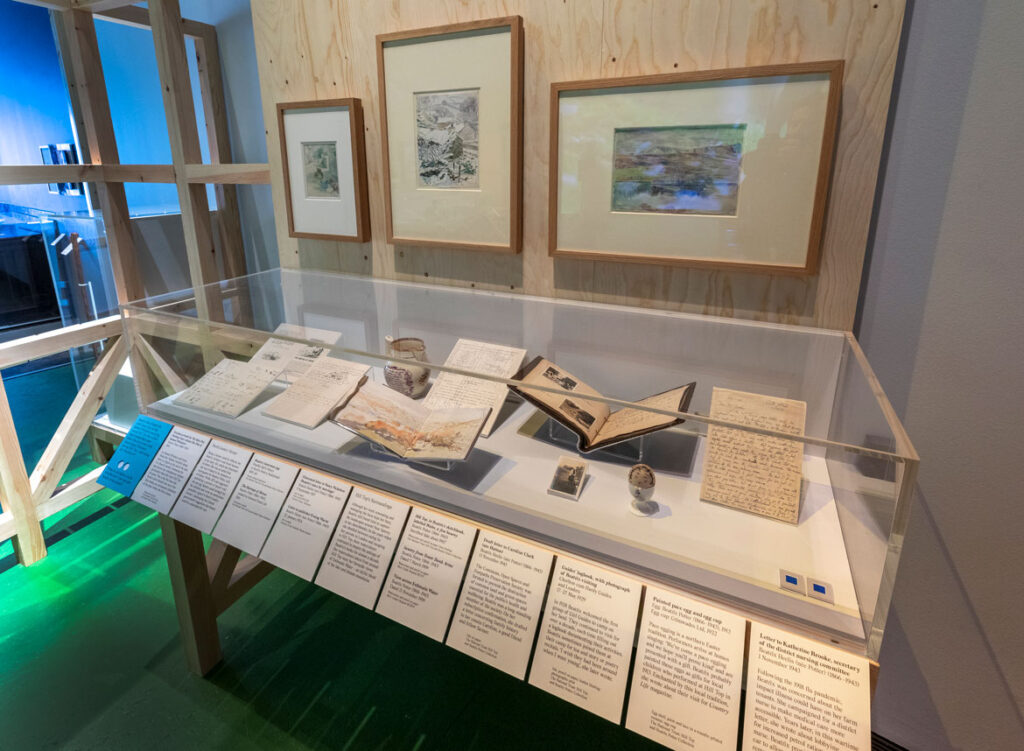
If this is the kind of coverage of arts, cultures and activisms you appreciate, please support Wonderland by contributing to Wonderland on Patreon. And sign up for our free, occasional newsletter so that you don’t miss any of our reporting. (All content ©Greg Cook 2022 or the respective creators.)
